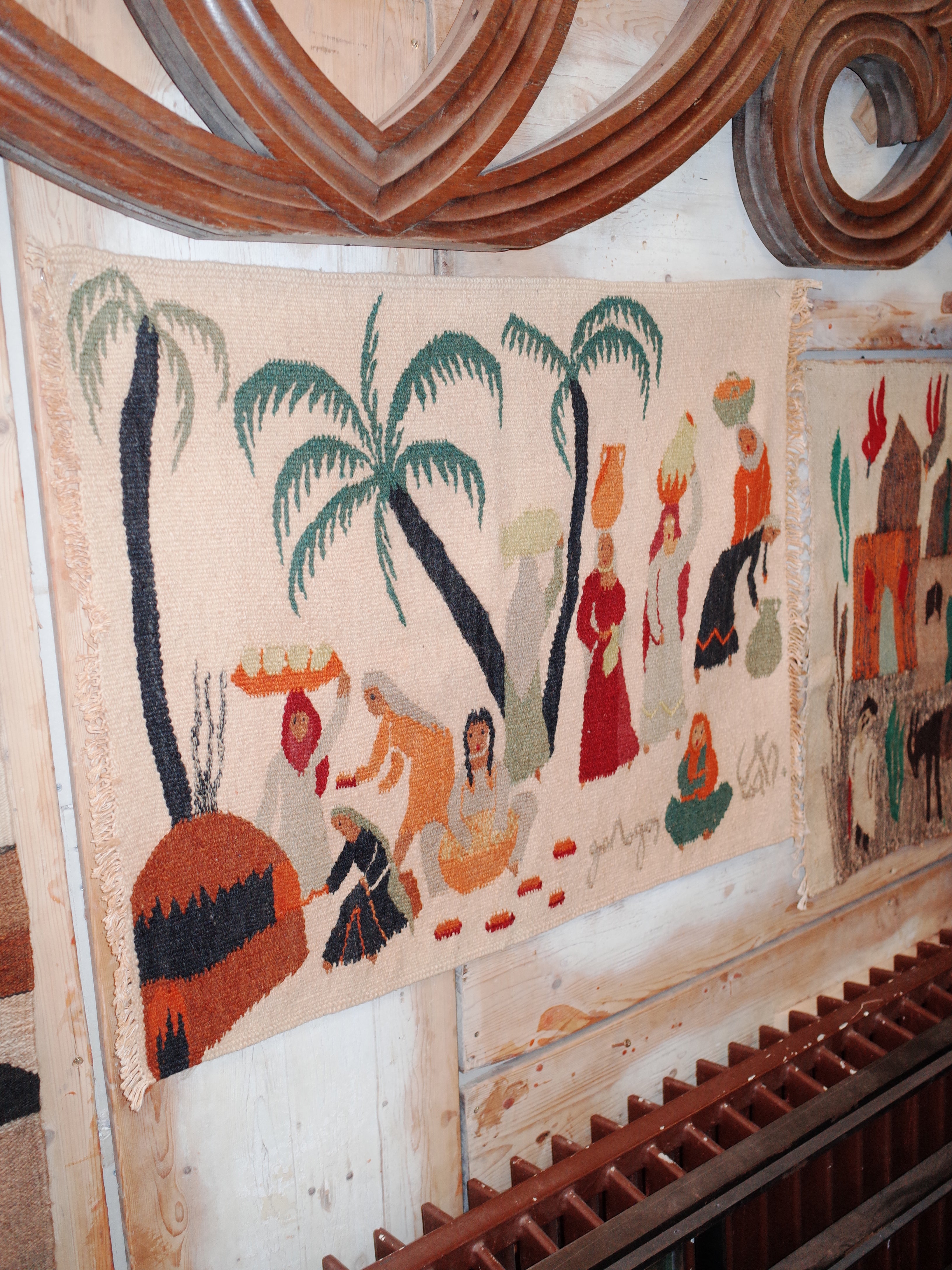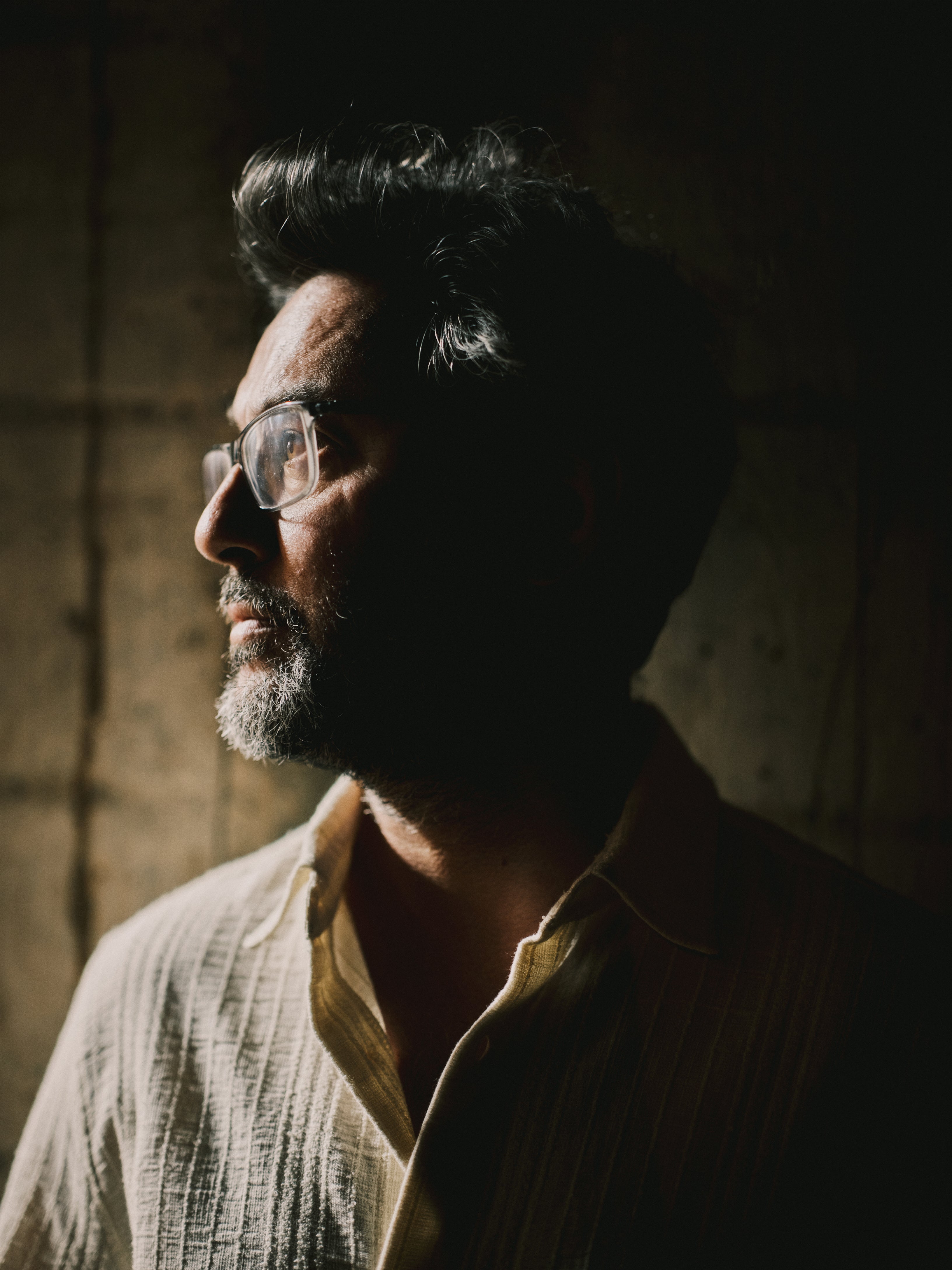
Harvey James | Wax Edit
Harvey James knows good clothing - it’s literally his job. As Associate Editor at SLMan, he spends his days hunting down the latest and greatest in...
Read moreWelcome to Wax:
Posted on: April 2, 2023 – Words by
It takes a moment to orientate when stepping inside Retrouvius. The building is a labyrinth stocked floor to ceiling with incredible discoveries salvaged from different ages. I feel a little guilty that my immediate question for founder and director Adam Hills is about a prop supplied for a film, namely the Worst Toilet In Scotland from Trainspotting. Adam laughs, explaining the rich diversity of the work Retrouvius’ 30 years has brought him. Adam’s warmth and passion for salvage make me brave enough to follow up with ‘the toilet wasn’t salvaged in that condition right?’, ‘no’ he laughs, ‘they have a good set decorating team’.
What inspired the formation of Retrouvius?
I just saw things being destroyed and I thought ‘why is that door in a skip?’ or ‘why is that marble fireplace being thrown out?’, someone has to save all this. And then I realised that someone had to be me. When we first started doing it, a lot of people assumed that we were thieves, that we would go into people’s houses and nick stuff. Obviously, that isn’t what we were doing, and it still isn’t what we do. Now people appreciate that, to put it bluntly, we’re trying to save the world or save little bits of the world.
It’s an incredible achievement to run a successful business for so long. Have there been any changes to the central ethics from when you set out?
The ethics of what we do hasn’t changed, but the world's perception of it has. The concept of architectural salvage is an ancient one that dropped off with post-war industrialisation. With increased mechanisation, there’s a lot of destruction. Now more than ever. What we do at Retrouvius has really come into focus in the last few years with an increasing focus on ecology and circular economy.
The focus on ecology at the heart of Retrouvius is inspiring, how do you go about putting this into practice?
You have to be reactive. You can’t wake up one morning and say ‘I’m going to salvage a pulpit’, but you can walk down the road and see a church being demolished and think ‘what can I save here?’. You also have to think tangentially. So, you walk onto a site and think ‘what’s here and what can I use it for’. You have to be able to perceive things in a different environment.
Do you still find passion in what you do?
I love my job. It gets me into really amazing buildings. I’ve been in the backroom of all the Kensington Museums, I’ve been in the basement of the Ministry of Defence, I’ve been in extraordinary Cold War silos… all kinds of places. The treasure-hunting gene is strong, I’m always thinking ‘what’s around the corner?’. Sometimes it’s boring, but sometimes it’s incredible.
What has been your favourite discovery?
Normally my favourite piece is the most recent one… But that says more about my attention span than anything else. I’ve had some great finds over the years. One that has been in the press recently was salvaging the entire concourse of Heathrow Terminal 2. It was 200 tons of Derbyshire stone from a quarry that doesn’t exist anymore. It was logistically difficult and expensive, but we did it and it was great. We sold it on to clients for flooring mainly, although I’ve still got a bathroom in my flat that’s covered in it.
That sounds like an enormous project to undertake, are these kinds of achievements only possible through collaboration?
The triangle of reduce, reuse, recycle: it’s vital that the circle is closed. The idea of salvaging something and then putting it in a warehouse for ten years, in my opinion, you haven’t achieved anything. It just costs time and effort. You have to know the destiny of something. So working with other designers is vital, as is having other people’s input. Our company has ten design projects a year, but that’s a relatively small amount of stuff required. We might need flooring for that project or a fireplace for that one or lights for that one, but you might be waiting months for that thing to be installed. But if you’re working with ten, twenty, or thirty designers, you can have a much bigger spread of reuse.
With so many discoveries from so many different periods of time, and the needs of so many different clients, how do you know what to use for their homes?
It’s really easy to over-cram an interior with salvage. It’s really tempting, I do it myself, but I think you end up looking like a junk shop. Personally, I have no problem with that, because I like living with everything around me, they’re my babies. But I think from a design point of view, having one or two strong pieces is a better approach. We’re in a very eclectic age, there’s not one style that is predominant, you can get Mid-Century Modern, Industrial, and Georgian, and they can all work together. But I think you can really succeed by having a few sculptural pieces.


Do people come in with a preconceived notion of what that structural piece is?
All the time people are coming in here looking for one thing and then ‘oooh that’s a nice rug, maybe I have a place for that’. The serendipity of salvage. I don’t know what I’m going to find when I go onto a site, people don’t know what they’re going to find when they come here. One thing I will say about the increase in shopping online is you tend to search for something, very good, and very efficient, but it cuts out that search. You may come into the shop looking for dining chairs, but you’re seeing a thousand things.
Do you think it is possible to have a timeless approach to interiors? Or to be more sustainable in our approach to interiors?
Fashion trends move ever faster. I don’t think I’m unique in having that perception. We are very fast in our day and age to throw things away. Particularly a house. People move in and rip out the kitchen, rip out the bathroom. Hang on, let’s just live with it for a while, maybe you’ll find it’s not as bad as you thought, or you can actually achieve your new design with paint. The average life expectancy for a commercial building in the city is about thirty-five years which is absolutely shocking. So, is there one timeless thing? No, I don’t think we can say that, but I would say to people, let things be for longer. If we can double the amount of time the interior exists, we can half the consumption.
Harvey James knows good clothing - it’s literally his job. As Associate Editor at SLMan, he spends his days hunting down the latest and greatest in...
Read moreTrees are shimmering in the windows of homes, children are darting about with joy on their faces, and you’ve once again saved your gift shopping fo...
Read more